The commercial skyscraper at 712 Fifth Avenue is one of those anomalies of New York real estate and zoning. The 650-foot-tall tower opened its doors in 1989 and, with its main entrance on a side street, also incorporates two historic rowhouse buildings. The 1908 Coty Building, by Woodruff Leeming (known for its decorative windows by French artist René Lalique), and the former home of the famed Rizzoli Bookstore (1907), by Albert S. Gottlieb, front the tower (designed by KPF) on the Fifth Avenue side. The preservation of the shorter structures’ landmarked facades, including the Coty’s decorative Art Nouveau glazing, and public access to their storefronts, which are Privately Owned Public Spaces that link to the skyscraper’s lobby, were mandatory to allow the tower design to advance through the city’s land-use-review gauntlet.
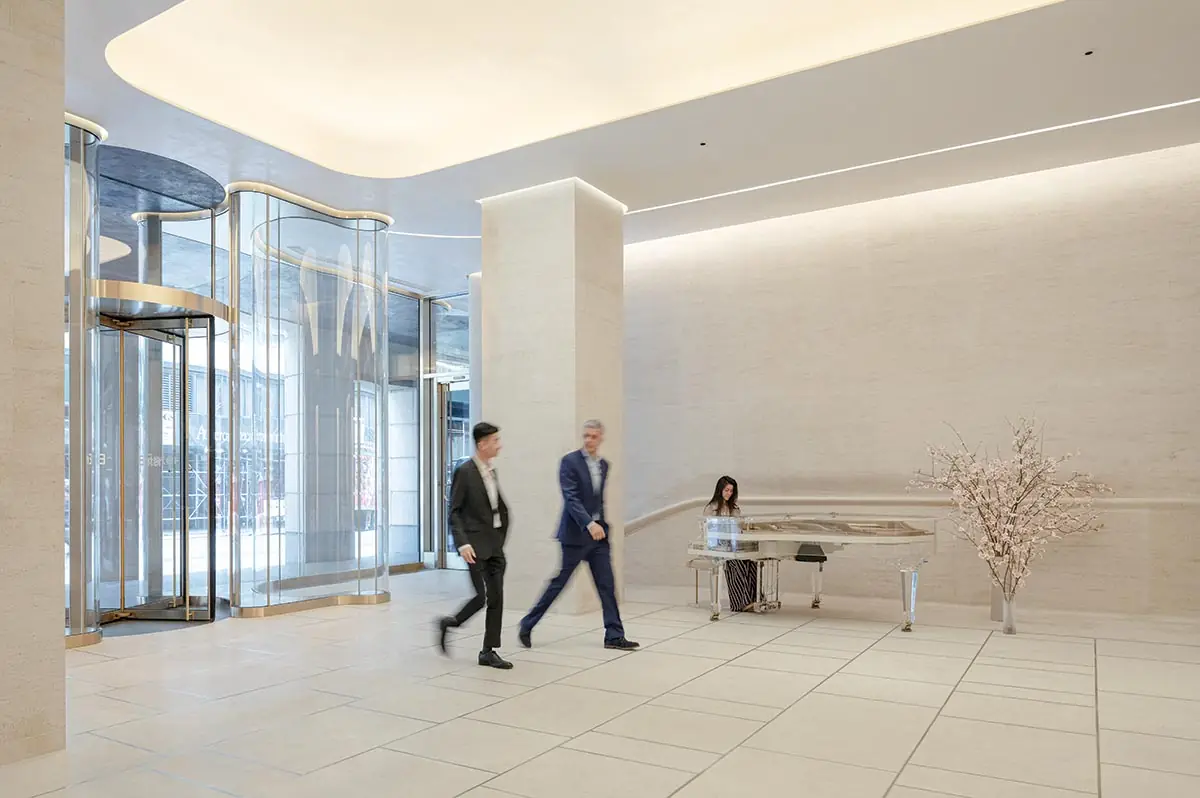
The curved glass panels undulate between the lobby and sidewalk, and lighten the formerly dark reception area (top of page and above). Photo © Michael Moran, click to enlarge.
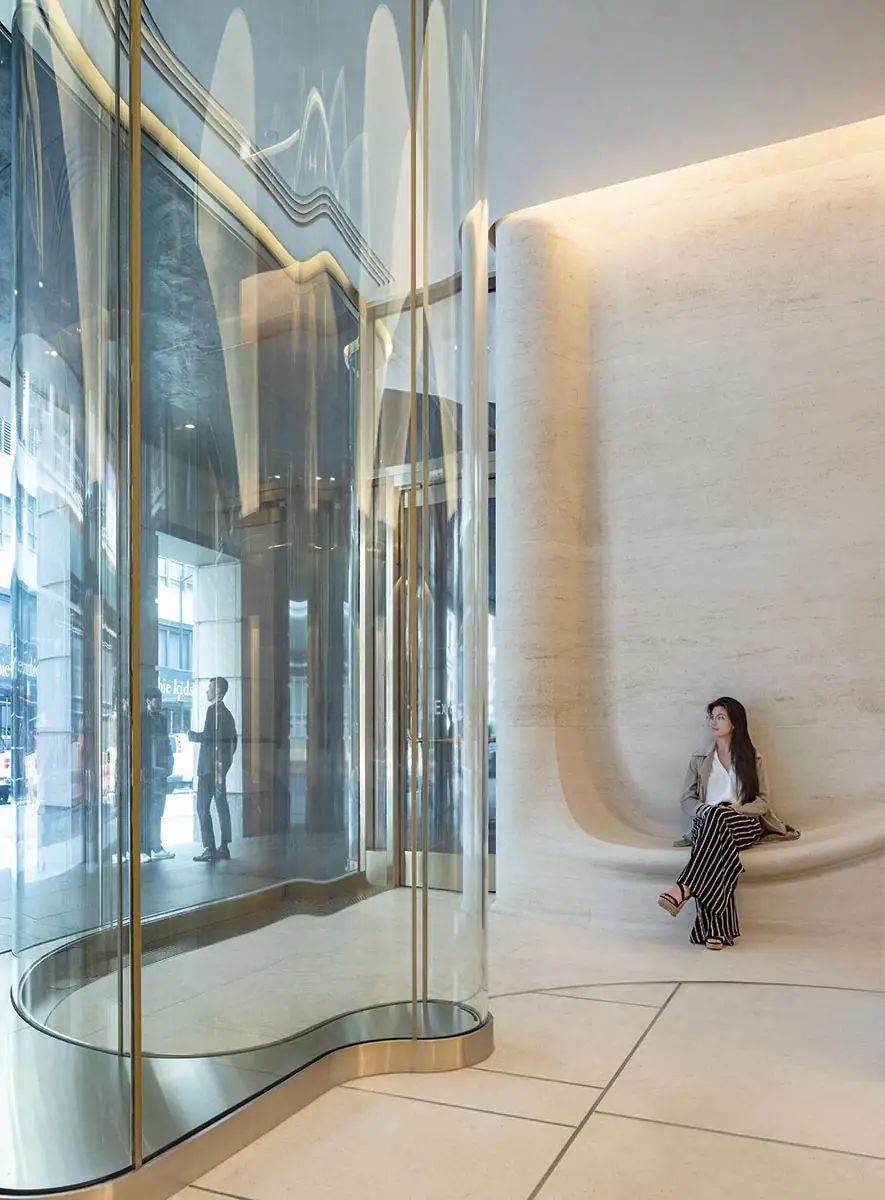
Carved stone welcomes visitors to the tower lobby. Photo © Michael Moran
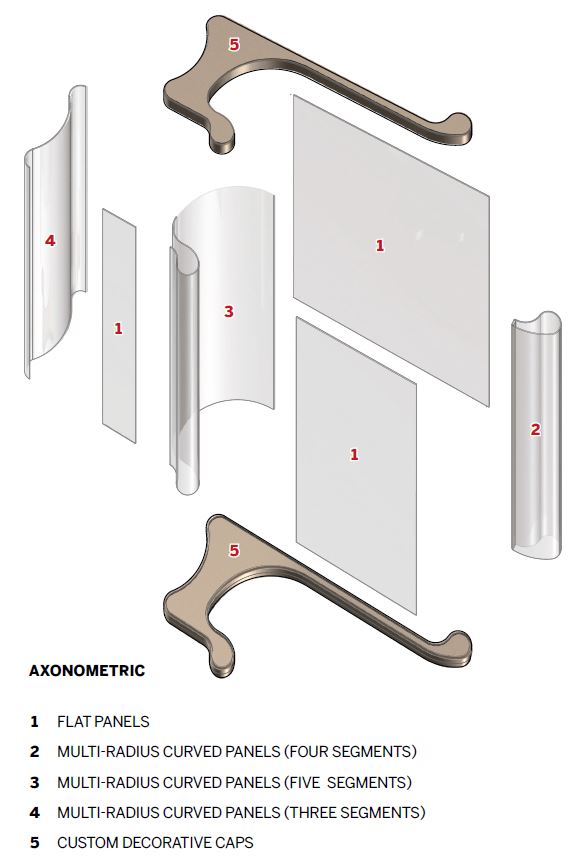
With the passage of time, the building’s Postmodern aesthetic, namely that of the lobby and the adjacent retail spaces, had grown dated and called for a contemporary overhaul. Paramount Group, the current owner, which purchased the property in 1998 from Solomon Equities, brought KPF back to achieve that end. The resulting revamp wrapped up last spring and saw the respectful renovation of those Fifth Avenue storefronts and the introduction of a curved glass entrance with a milled-limestone reception area in the tower lobby (formerly a muted affair of thick, gray granite columns with little daylight.)
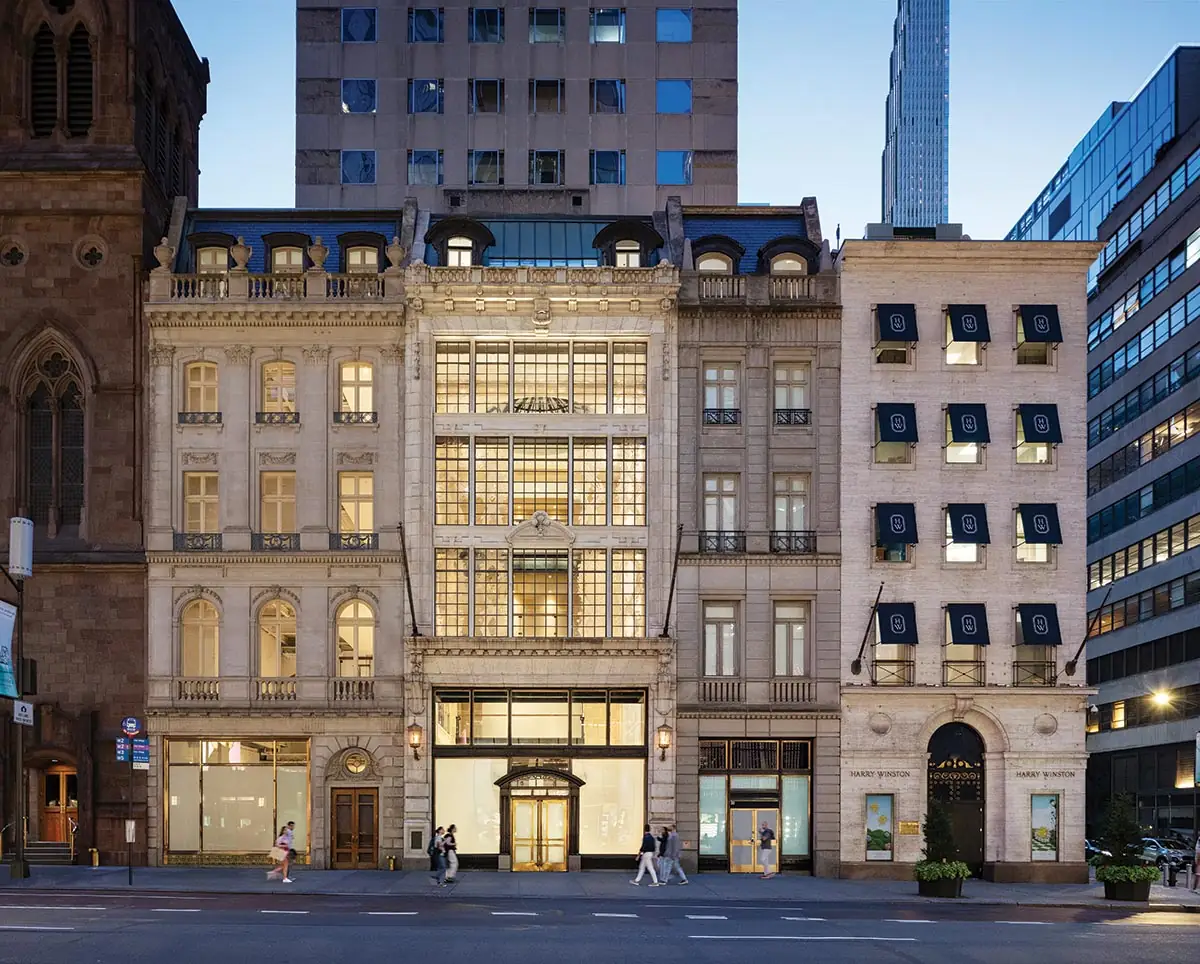
1
The skyscraper can be accessed through the Fifth Avenue storefronts (1). Lalique glass guided the new design (2). Photos © Michael Moran
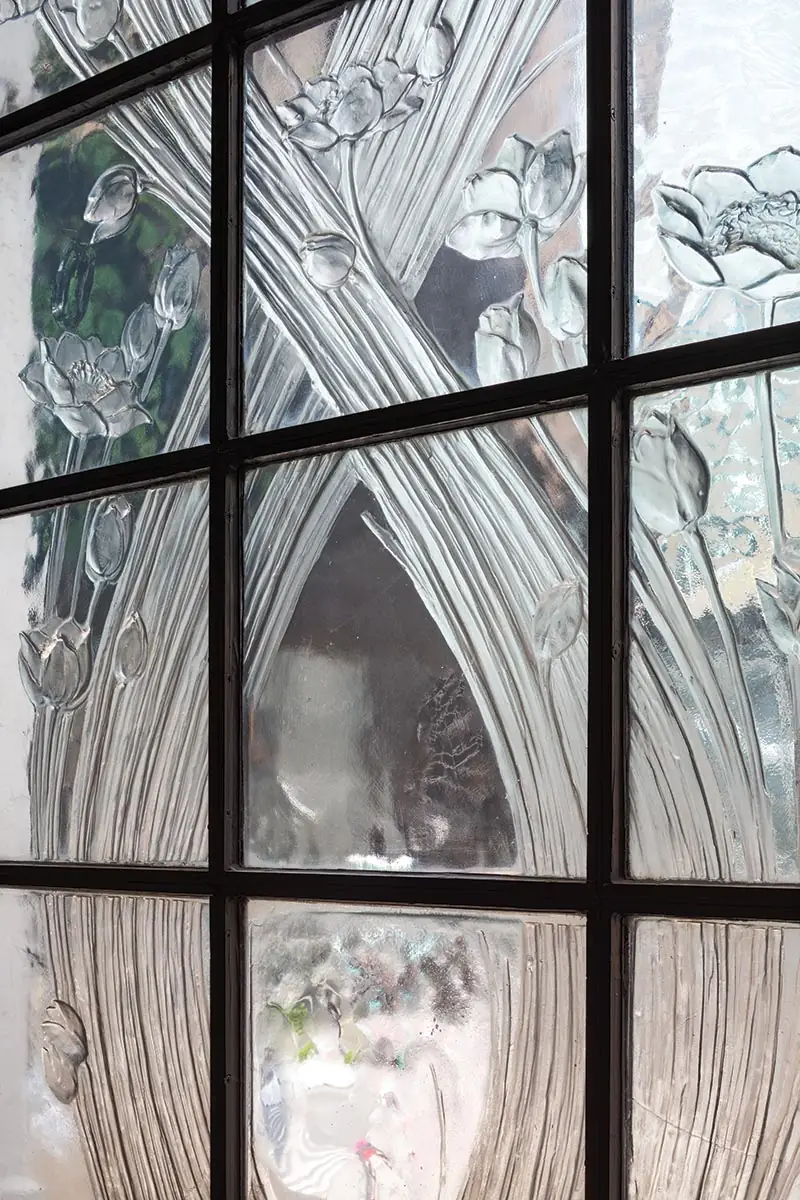
2
For KPF, the historic glazing of the Fifth Avenue rowhouses-turned-retail establishments served as a point of reference for the lobby renovation. The sculpted Coty Building windows, resembling a trellis with twisted vines and flower blossoms, is the only project designed by Lalique in the United States. Lalique’s sinuous scheme has been interpreted for the lobby’s laminated-glass panels in an arrangement the design team describes as a set of “angel wings” that reach out into the street and encircle the revolving primary entrance, which is flanked on either side by accessible doorways.
“What you see here sprang from an homage to the Lalique glass and the idea of capturing something within the glass as a piece of art,” says KPF principal Hugh Trumbull. “It is our offering to really think about how to incorporate historic architecture and embed it within the heart of a very different building.”
KPF’s original design concept called for the use of plexiglass, which would have allowed for tighter panel radii and a more seamless look, with fewer joints, but that proved cost prohibitive due to exorbitant insurance premiums associated with that material’s potential wear and tear. Glass was ultimately determined to be more durable, enhanced by elements of desirable distortion and reflectiveness, an effect that is multiplied by the sheer scale of the panels—each measures some 14 feet tall.
Facade specialist Front collaborated with KPF on the project and oversaw the detailing and design-assist process with Mexico-based glazing manufacturer Cristacurva. With the geometry constraints in hand, the architects worked iteratively to finalize the glass form and joint locations. The wings consist of several components: four subtypes of flat and multi-radius curved panels, each of which is composed of multiple segments, which are held in place with custom decorative caps at the head and sill edges. That arrangement also defines an undulating void whose depth varies between the many segments. Notably, no mullions were required to support the glass, which, in the flat areas, is ⁹/16-inch thick. “Tight radii require that the glass be thinner for fabrication reasons,” explains Front associate principal Jeffrey Kock. “Fortunately, thinner glass is adequate structurally at curved locations because the curvature imparts stiffness.”
Navigating thermal performance and conformance with New York energy standards was achieved through steady-state thermal-analysis software. However, the cavity between the glass wings is subject to potential condensation and dust accumulation. These issues are tackled through low-velocity desiccant air dryers, for which the panels can be lifted out of place by a rig with suction cups to provide access for cleanup crews.
Beyond the curved glass, the lobby transitions to gargantuan CNC-milled blocks of limestone, sourced from France and fabricated in Portugal, with incised scoops for sitting. The result is a welcoming and luminous entry that, in drawing from the past, confidently repositions the office tower for the years ahead.



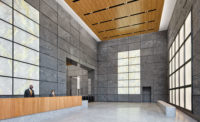
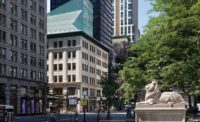

Post a comment to this article
Report Abusive Comment